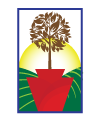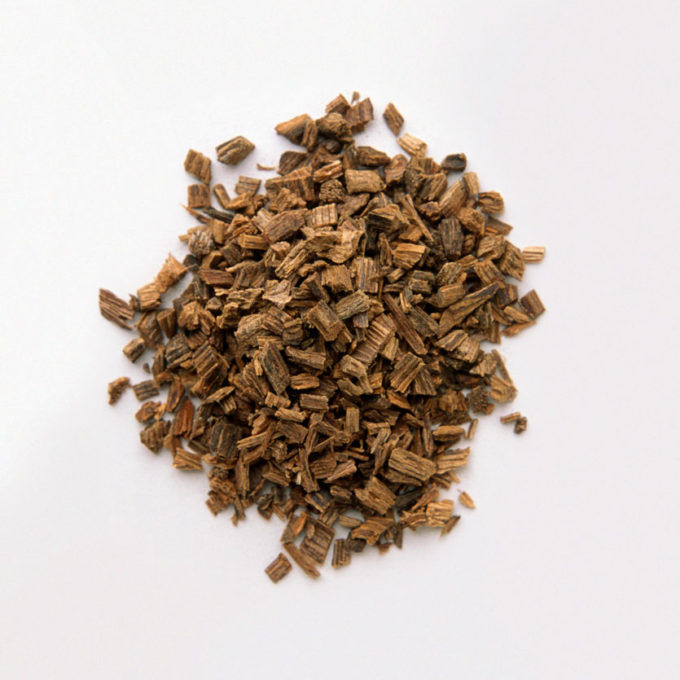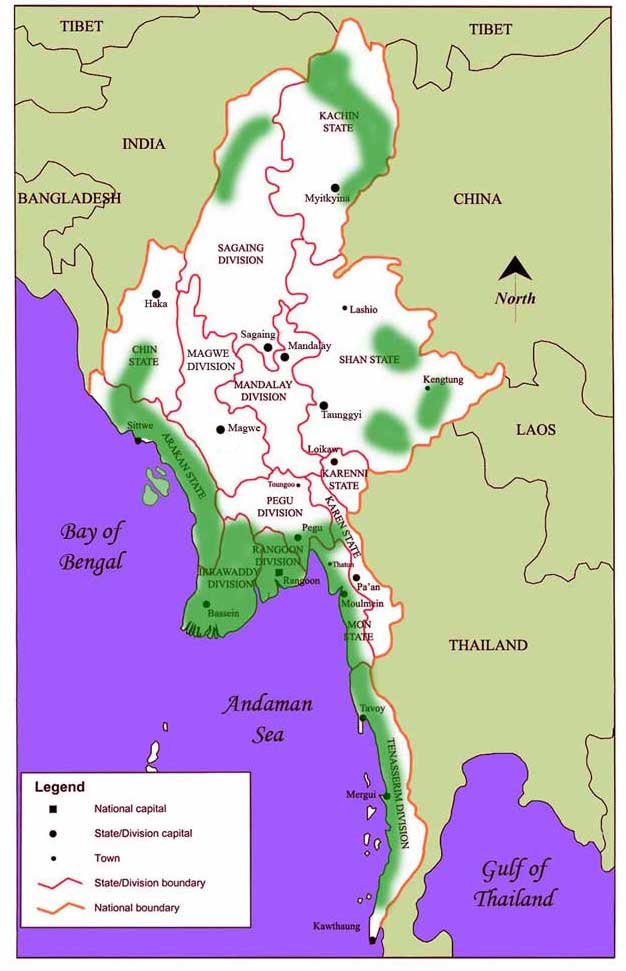The “Wood of the Gods”
What is Agarwood?
Not out of laziness, but rather in the interests of accuracy we encourage the reader to take in the wikipedia entry here.
There is no forest product we can think of that has been the subject of so much fevered speculation. Here’s what we know about it :
- The agarwood product is formed when a healthy tree of the Aquilaria species is infected by a number of different fungal, bacterial, and possibly even viral pathogens. The rout of infection would logically be through either insect damage or trauma to the tree during heavy weather.
- The pathogens have been (in our opinion) poorly characterized, and in fact vary greatly from region to region, even in Myanmar.
- Once the pathogens have invaded the layers of tree bark and are attacking the tree’s heartwood, that material which is known as agar wood is formed is mobilized and formed as part of the tree’s immune response.
- Thousands of individual farmers and a dozen or so formed plantation companies around Southeast Asia have been attempting to grow Aquilaria trees of one species or another, thence proceeding to “inoculate” them to induce formation of agar wood in otherwise healthy trees.
- Although there are a few companies selling various costly potions used in the inoculation process, some even patented, in our experience most small planters in Myanmar swear by their own proprietary mixtures.
- It must be noted that the trade of wild agar wood is strictly controlled under the auspices of the Convention on International Trade in Endangered Species of Wild Fauna and Flora (CITES), to which Myanmar is a signatory.


